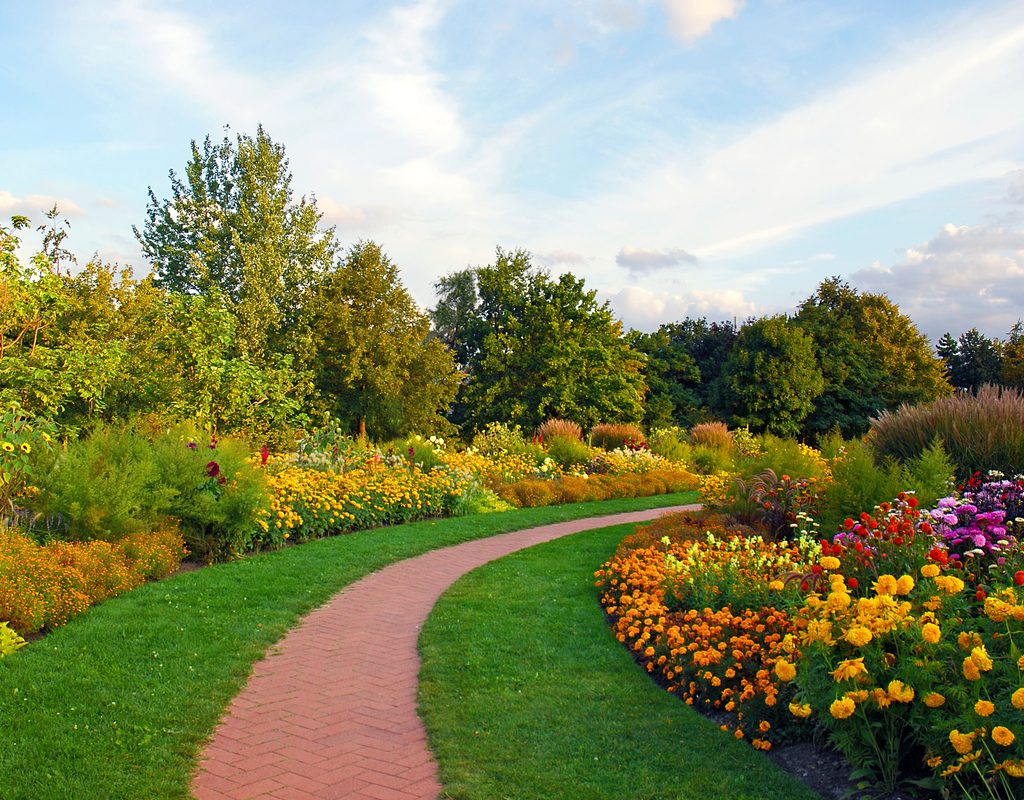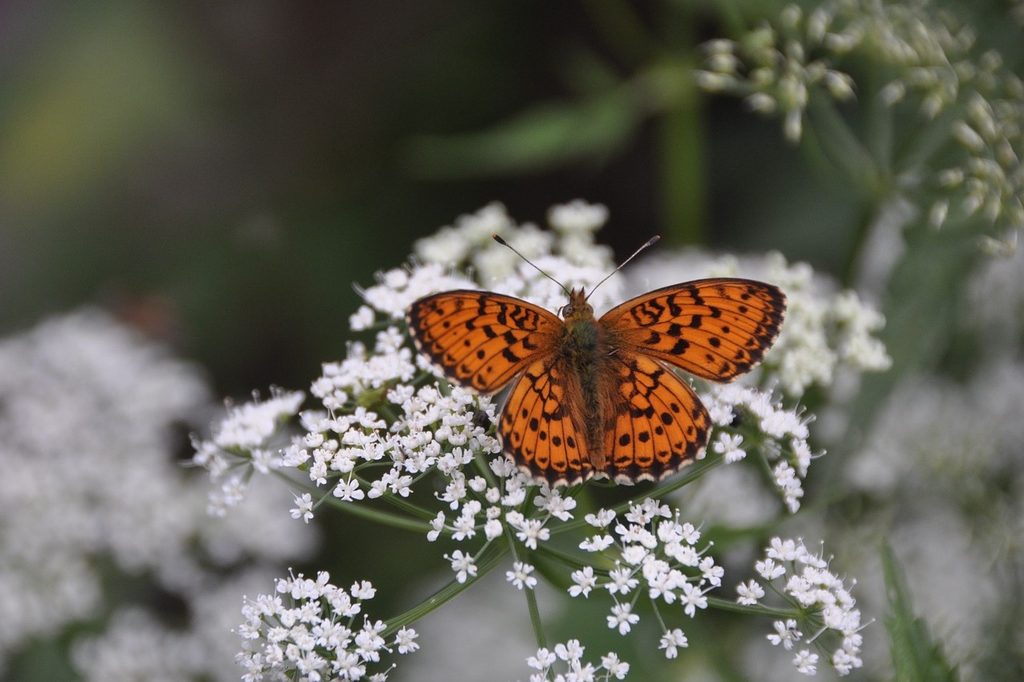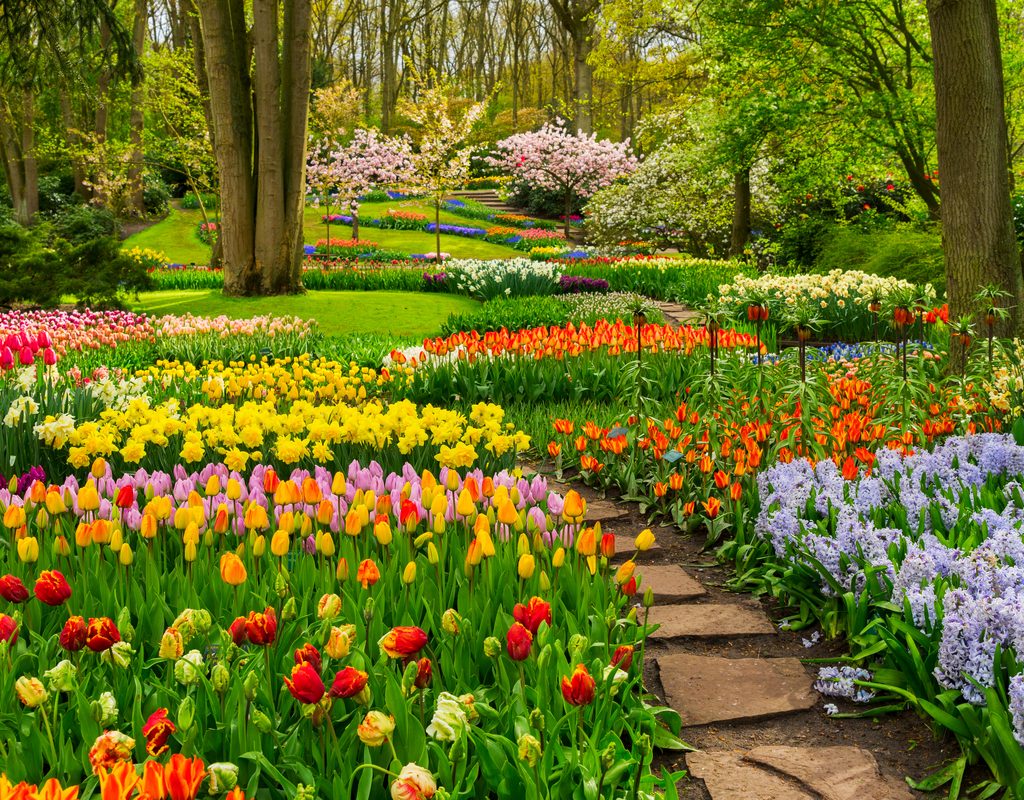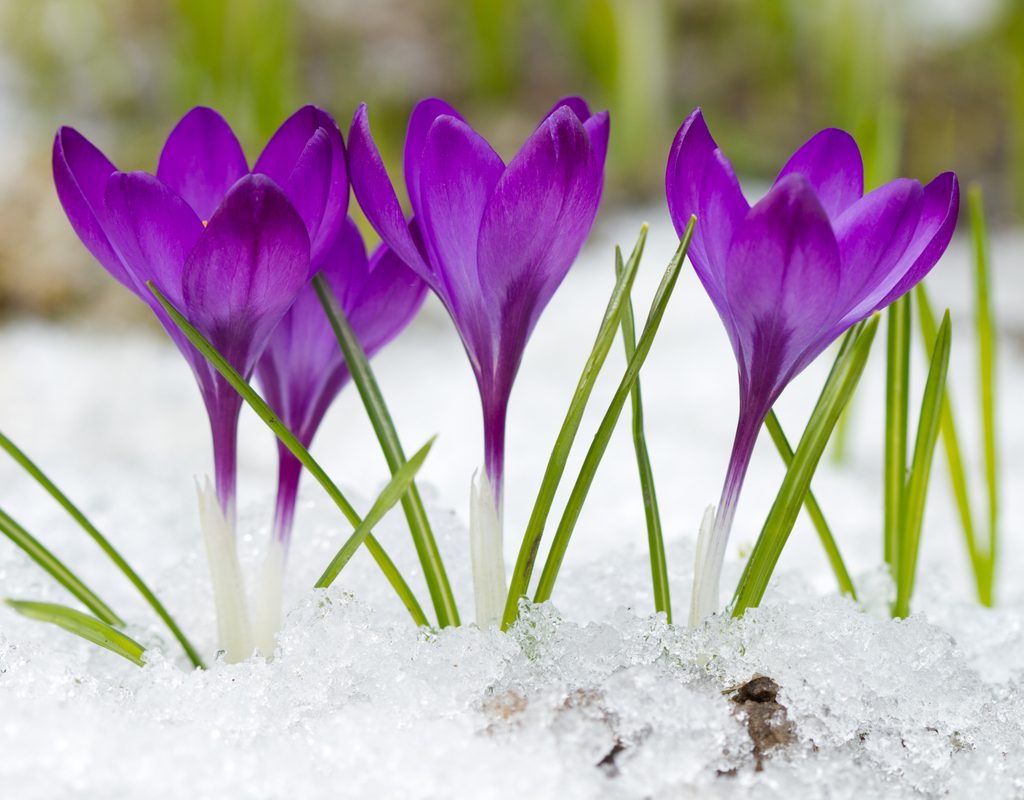
If you love gardening and appreciate flowers in spring and summer, why not grow a four-season garden? It’s possible to have a bright, colorful landscape throughout the year if you plan for it. Plant selection is the key. By choosing a diverse collection of shrubs, perennials, trees, and annuals that bloom in different seasons, you can map out a garden with year-round flowers. Let’s get started.
Finding flowers for a year-round garden

Observe your garden
Before buying anything, get to know your garden’s growing conditions, starting with your climate zone. Also, observe to understand its lighting. Where is it shady in the afternoon? Which parts get hot sunshine all day? Do you have spots that get little or no direct sunlight? Keep in mind, too, that the sunlight changes throughout the year with the rise and fall of the sun’s angle. Plus, you should take into account how leaves grow and fall from deciduous trees.
Mix it up
In order to cover all the seasons, you’ll need to choose a diverse selection of flora from different plant categories. Some of the best flowers for late winter and early spring come from trees, shrubs, and bulbs. In spring, summer, and fall, flowers abound among annuals and perennials. Winter flowers, not uncommon in mild climates, are rare for northern gardeners. Colorful fruits and foliage can help to fill the void.
Invest in native and perennial plants
Annuals can be attractive additions to your garden, but they usually won’t last for more than one growing season. If you want to cut back on the time you spend planting, consider investing in native and perennial plants, which should come back every year in your garden. Because they naturally come from your area, native plants feature the added benefit of providing food and shelter to native wildlife creatures, such as birds. To find native plants, you can use tools like the Native Plant Finder or ask your local nursery if they carry any native plants. Many nurseries will also have an entire section dedicated to perennials for their local region.
Beyond flowers
A garden’s appeal goes beyond flowers. Plants offer a host of other interesting elements, like foliage color and texture, varying sizes and forms, interesting branch structure, motion in the wind, attraction to wildlife, and scents associated with flowers and foliage.
Get inspired
Look for inspiration in public gardens, parks, and garden centers. If you see an interesting plant around town, snap a pic and take it to your local garden center for help with identification. Be sure your photos are in focus and show details such as the overall plant size and shape. Your local nurseries may have it on hand, or they might be able to order it for you.
Suggestions for flowers throughout the year

Spring
Trees and shrubs are the first things to flower each spring, soon followed by bulbs and other herbaceous perennials. If you planted cool-season annual flowers in the fall, they may rebloom again in spring as well.
- Flowering cherry trees: Kwanzan cherry and Yoshino cherry
- Deciduous magnolias: Saucer magnolia and star magnolia
- Old-fashioned ornamentals: Forsythia, lilac, and flowering quince
- North American native trees: Eastern redbud and flowering dogwood
- North American native shrubs: Rhododendron, mountain laurel, and azalea
- Spring-flowering bulbs: Crocus, narcissus, tulip, and iris
- Spring flowering perennials: Hellebore, peony, trillium, Virginia bluebells, and lily of the valley
- Cool-weather annuals: Pansy, snapdragon, and dianthus
Summer
As the season progresses, a few late-blooming trees begin to show color. Shrubs that bloom on new growth produce flowers in summer. Most herbaceous plant species, annuals, and perennials prefer to flower at this time of year.
- Summer flowering trees: Southern magnolia, American linden, golden rain tree, chaste tree, and crepe myrtle
- Summer flowering shrubs: Rose, hydrangea, butterfly bush, spirea, Rose of Sharon, and summer sweet
- Summer perennials: Daylily, coneflower, black-eyed Susan, bee balm, gauara, phlox, hardy hibiscus, coreopsis, acanthus, heuchera, and astilbe
- Summer annuals: Petunia, vinca, impatiens, zinnia, marigold, ageratum, and sunflower
Fall
A few trees and shrubs hold out until fall before blooming. Lots of perennials flower this time of year. It’s also a great time to swap out the summer annuals for cool-season flowers.
- Fall flowering trees: Autumn cherry and Franklin tree
- Fall flowering shrubs: Camellia sasanqua, fragrant tea olive, seven-son flower, and fatsia
- Fall perennials: Aster, goldenrod, sedum, Russian sage, helenium, Japanese anemone, monks hood, toad lily, Joe Pye weed, balloon flower, Nippon daisy, and chrysanthemum
- Fall annuals: Viola, celosia, calibrachoa, flowering cabbage, and ornamental peppers

Winter
For those not blanketed in snow or ice, winter may be a time to enjoy cold-hardy flowers. Be sure to plant these treasures in locations where you can enjoy them no matter the weather.
- Winter flowering trees: Flowering apricot and Okame cherry
- Winter flowering shrubs: Camellia japonica, paper bush, mahonia, winter jasmine, witch hazel, pieris, and pussy willow
- Winter flowering perennials: Hellebore, snowdrops, winter aconite, and cyclamen
- Winter flowering annuals: Pansy and viola
With this guide, you can now map out your garden for the year. Even with these suggestions in mind, don’t forget that growing flowers can be a process of trial and error. With lessons from an entire year of growing flowers, you can lay out the foundation for your garden for years down the line.


